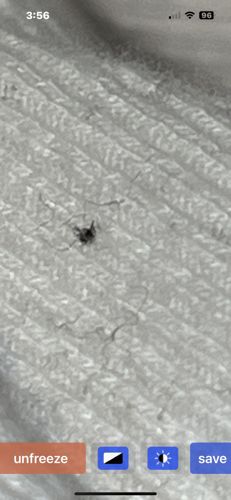Fruit fly
Scientific Name: Drosophila melanogaster (common species)
Order & Family: Diptera (Order), Drosophilidae (Family)
Size: 2-4 mm (0.08-0.16 inches)

Natural Habitat
Commonly found in kitchens, restaurants, and other areas where ripe or fermenting fruits and vegetables are present.
Diet & Feeding
They feed on decaying fruits, vegetables, and other organic matter, as well as the yeasts and bacteria growing on these substances.
Behavior Patterns
Fruit flies have a rapid life cycle (about 8-10 days from egg to adult). They are attracted to fermenting sugars and often lay their eggs on or near ripening produce. They are typically active during the day.
Risks & Benefits
Potential risks include being a nuisance pest indoors, and in rare cases, they can transmit bacteria or other contaminants from decaying food to fresh food. They are widely used in scientific research, particularly in genetics, due to their short life cycle and ease of breeding in a laboratory setting. No direct benefits to humans in household settings.
Identified on: 9/16/2025